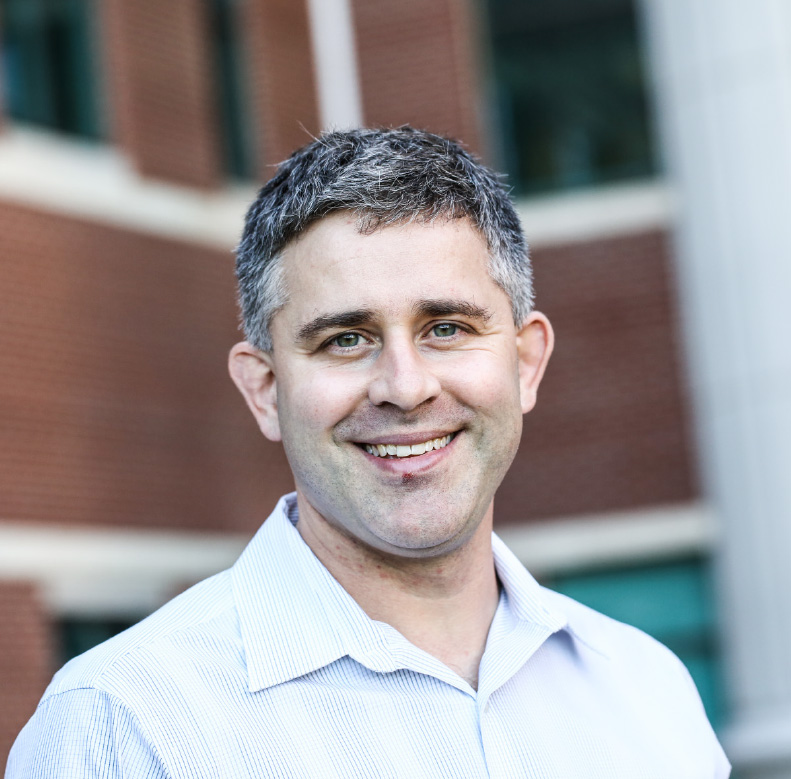Measuring How Molecules of Life Adjust in Response to 'Hopping'; Electrons
Measuring How Molecules of Life Adjust in Response to 'Hopping' Electrons
Researchers at Baylor have published a groundbreaking paper on electron transfer reactions to be featured in an upcoming edition of the prestigious chemistry journal, Angewandte Chemie.
Dr. Bryan F. Shaw, lead researcher and associate professor of chemistry and biochemistry in Baylor’s College of Arts and Sciences, and fellow researchers used a niche tool of analytical chemistry—protein charge ladders—and capillary electrophoresis to show that some metalloproteins can regulate their net charge during single electron transfer.
Metalloproteins are protein molecules that contain tightly bound metal ions that transfer electrons to and from other biomolecules in life’s fundamental chemical reactions. For example, metalloproteins are used by plants to transfer electrons during the photosynthesis of glucose and by all organisms when metabolizing glucose for energy.
The study’s findings have greater implications for understanding how living organisms shuttle electrons during biochemical reactions of processes such as photosynthesis and glucose metabolism.
By measuring the net electrostatic charge of three common metalloproteins before and after the addition of a single electron, Shaw and his co-researchers found that the charge of some metalloproteins changed by less than predicted. They found that these metalloproteins resist changes in charge upon electron transfer by soaking up protons from surrounding water.
“The study originated by asking a relatively simple question,” Shaw said. “An electron has, by definition, one negative unit of elementary charge, but when an electron is transferred from one molecule to another, does the charge of that molecule change by one negative unit? Nobody can answer the question because measuring the net charge of a folded protein in water, before and after electron transfer, is surprisingly difficult.”
Shaw said he was able to answer that question by using an often-overlooked tool—protein charge ladders—to make the measurement and answer the question.
“Life happens because electrons hop from the right molecule to the next and do so in the right order,” Shaw said. “We do not completely understand this order, that is, why some molecules take electrons more easily than or before others. This work shows that when accepting an electron, some proteins soak up protons from the surrounding water more so than others, and this ‘soaking up’ requires extra work, which might explain why some proteins do not take the electron so easily.”
He said the study could be used to better understand diseases.
“In addition to deepening our understanding of how living organisms direct the transfer of electrons from molecule to molecule, the results will help researchers better understand defects in our electron transport chain that are associated with mitochondrial diseases and neurodegenerative diseases such as Alzheimer’s and Parkinson’s disease,” Shaw said.
While the study’s findings have a broader scientific impact, Shaw said student efforts gave the project special significance. He pointed to thorough work by graduate student Collin Zahler and then-undergraduate student Rebecca L. Holden, BS ’15.
“The best part of the project were the Baylor students who did the experiments,” Shaw said. “Rebecca was in the University Scholars program at Baylor and a Goldwater scholarship winner. She is currently attending MIT working on her PhD in chemistry. It is rewarding to see former students matriculate and go on to make their own impact on academia and the scientific community.”
The research project was funded by a National Science Foundation CAREER grant and the Welch Foundation.
